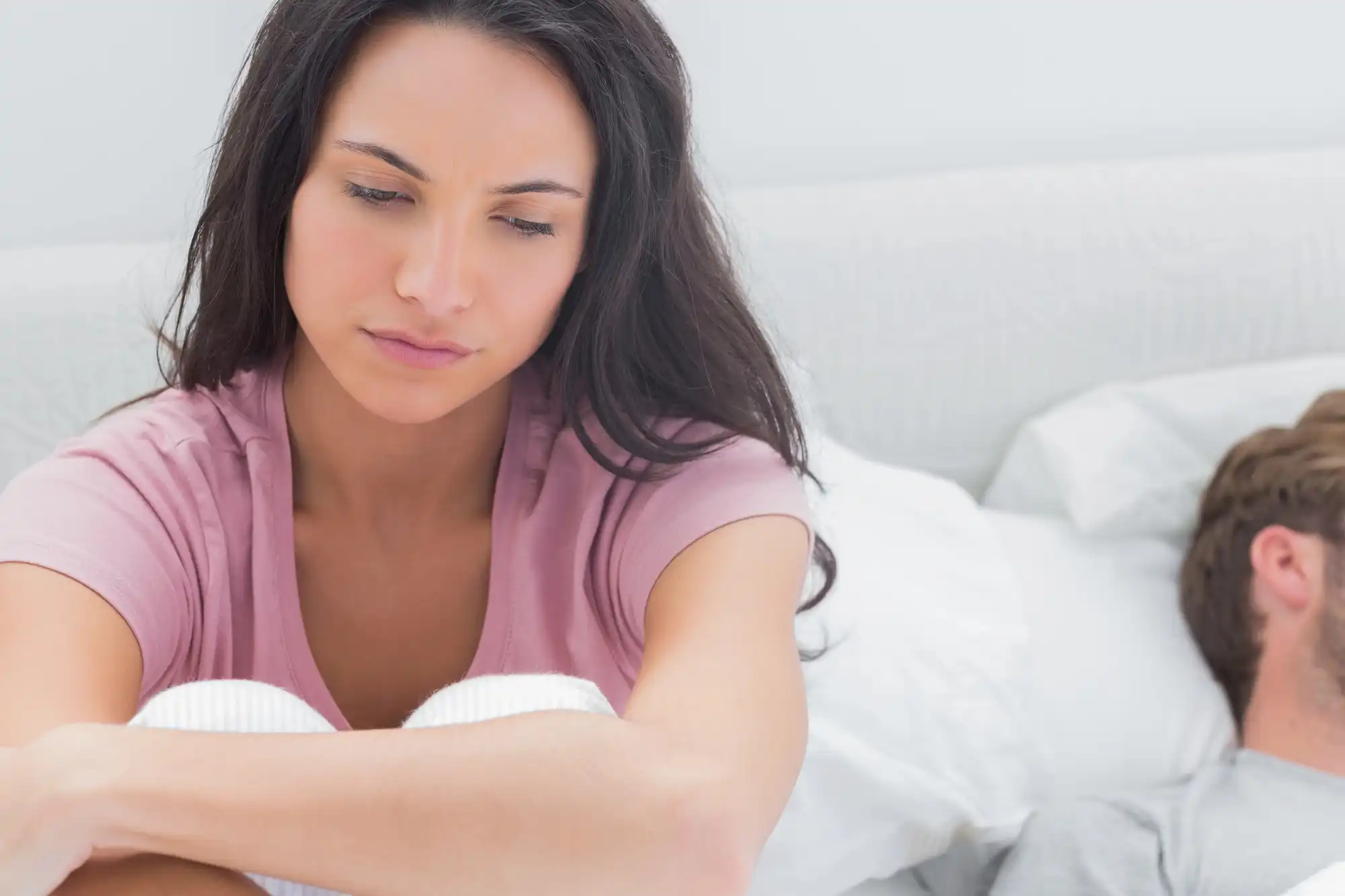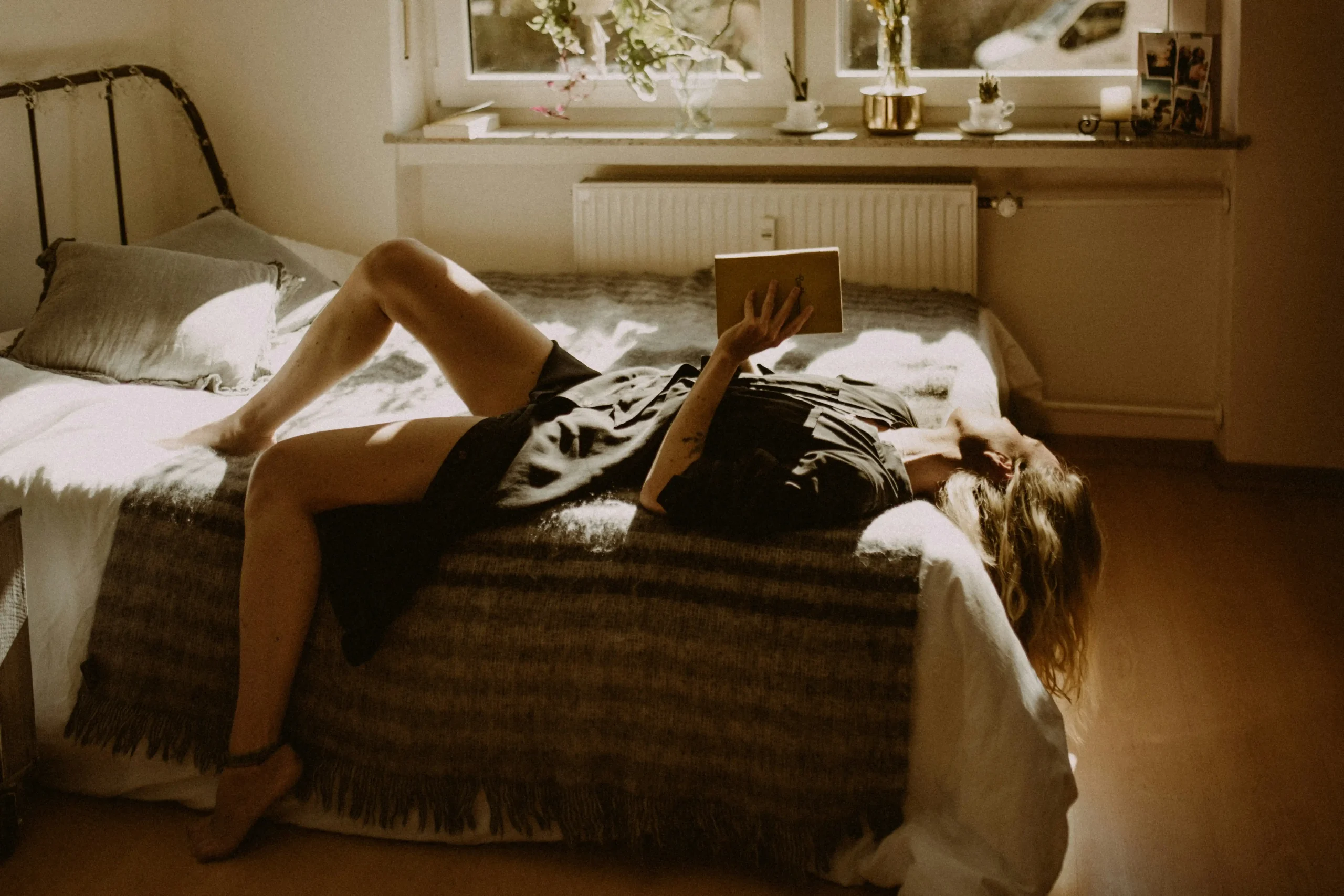Little black, bikinis, pants are the clothing items of the modern gentle woman. Unthinkable a few decades ago. Fashion has become an avenue for women’s emancipation. An expression of their independence. Departures from the canons imposed on women by men. Marlene Dietrich, a star of world cinema whose favorite designer was Coco Chanel, set a new trend in women’s fashion. A photo of him in pants has become the subject of untruthful claims.
Table of Contents:
- Punishment for exposing the body
- Bikini that shocked
- N he women
- Marlene Dietrich and her pants
- Men’s style
- Vacation, not a provocation
What beauty standards does a woman face in Japan?
Fashion accompanied the social emancipation of women. It expressed their desire for independence and freedom. Demonstrate a break with the canons that men have imposed on women. What once aroused scorn, today is part of a gentle woman’s attire. Mini-skirt, ‘little black’, pants are a staple of a woman’s closet. Fashion has contributed to the emancipation of the female body. She freed it and exposed its beauty while giving women practical and comfortable to wear clothes. And to think that just a few decades ago women were punished for their freedom of expression.
Read also: Twiggy – an icon of the 1960s
Punishment for exposing the body
One hundred years ago, morality police officers roamed the beaches looking for women who wore bathing suits that were too short. The costume was designed to cover the body and consisted of six parts. No one cared about the hygiene or comfort of the ladies wearing this gear. In 1905, Australian swimmer and silent film star Annette Kellerman dared to show up on a Boston beach in a one-piece costume that accentuated her curves. She was forced to leave the beach, and soon faced trial for contempt of morals. However, the first step was taken, and soon there were imitators.

Bikini that shocked
In 1946, designer Louis Reard unveiled a heavily cut two-piece costume at the Molitor swimming pool in Paris, on the body of stripper Michelle Bernardini performing daily at the famous Casino de Paris (the only one who agreed to wear it). Thanks to an ingenious marketing ploy, it earned the name bikini, after the U.S. atoll where the U.S. conducted nuclear weapons tests. The costume was simply advertised via a simple matchbox, which bore the slogan “Bikini, the first anatomical bomb.” The costume caused a scandal and was banned on many beaches, including. In Italy, Spain or the UK.
Not for women
The sight of a woman in pants surprises no one today. However, it is an item of women’s clothing that used to arouse extreme emotions. According to Law 26 Brumaire of the Year of the Ninth Republic (i.e., November 17, 1799), women could not wear pants. All those who wanted permission to wear them had to bring a renewable release from the police station every six months, provided they had health problems. Fortunately, circulars of 1892 and 1909 allowed them to be worn if a woman held the handlebars of a bicycle or the reins of a horse.
Marlene Dietrich and her pants
In 1939 in Los Angeles, a woman was thrown in jail for wearing pants to court. The judge considered this an attack on the smooth running of the pending hearing. Even Marlene Dietrich, who dared to wear pants to movie premieres (Chanel was her favorite designer) found herself in the headlines because of her pants.
In 1933, the French newspaper ‘Le Quotidien’ published a photo of Marlene Dietrich walking in the company of two men. There would have been nothing unusual about it, if not for the fact that she was wearing pants. The photo is eloquently titled “Le Pantalon de Marlene Dietrich” (Marlene Dietrich’s Pants). One might think, with all due respect to the actress, that the pants were an event more important than her. Some photos of Dietrich taken by the Keystone Paris agency can be found on Getty Images, as well as in newspapers of the time. All so-called “respectable newspapers” have posted them on their front pages.
Men’s style
Marlene Dietrich was well-known and much talked about. Not only in the context of her roles. She had her own style, very masculine. If we consider the fact that the decree of the Prefecture of Police of Paris of November 7, 1800 was still in force, according to which “any woman who wishes to dress as a man must go to the police headquarters for permission, and that permission can only be given in light of a certificate from a health official,” the Dietrich photo began to take on a life of its own.
Although the regulation was more of a deterrent than a repressive one, and no punishment was attached to it, this fact passed unnoticed. It also failed to point out that the regulation had become obsolete and had not been used at all since the early 1900s. Adding spice to the whole affair was the fact that Marlene Dietrich was invited that evening by Mrs. Chiappe, the wife of the Paris police chief. The topic was immediately picked up by newspapers. The conclusion was one – Marlene Dietrich arrested for wearing pants.
Editorial recommends: Monica Bellucci, the Gentle Woman of modern cinema.

Vacation, not a provocation
In fact, Marlene Dietrich was photographed getting off the train and walking
Her husband, Rudolf Sieber, on the left in the photo. She went to France on a vacation granted to her by the Paramount label. The photo was taken on May 19, 1933 at Saint-Lazarre station. The daily le Quotidien titled it “a star disguised as a young man.” There was no mention of arrest by the police. She could not be arrested because she did not break French law. The regulation on the wearing of pants by women was already a dead law. Besides, she was a star whose fame gave her a certain immunity. Interestingly, Marlene Dietrich’s daughter Maria was also dressed like her mother, as can be seen in the upper right corner ofthe May 21, 1933 Paris Soir newspaper.
The event so much covered by the French newspapers of the time was not the de facto arrest of the actress, but merely the arrival in Paris of this international star, in an outfit that, although popular in Hollywood, still stirred emotions in Europe. At the same time, it is proof of how strongly fashion influences our customs by becoming a determinant of the lifestyle of generations.





